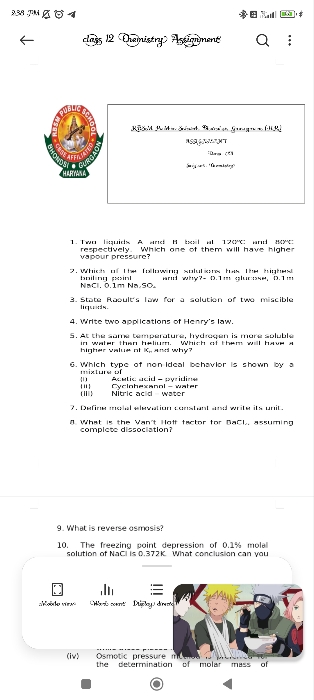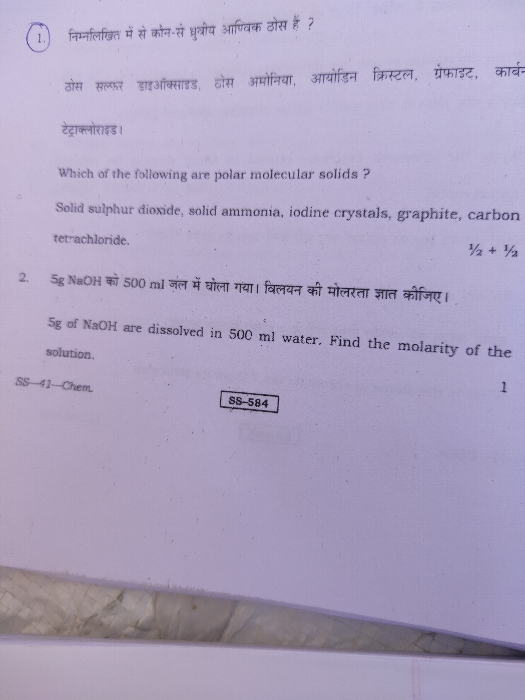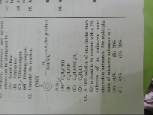CBSE Class 12-science Answered
The researches of van 't Hoff, Planck, and Arrhenius on dilute solutions have in recent times led to the recognition of a complete analogy of these with gases. One of the most valuable advances of these studies is that the compounds usually spoken of as held together by the strongest affinities, such as, for example, potassium chloride, hydrogen chloride, or potassium hydroxide, must actually be regarded in dilute solutions as very largely dissociated.
Since this result is derived according to the laws of thermodynamics on the basis of a hypothesis which is at least very plausible, if not positive, it does not leave much to say against it, so much does it satisfy the usual views. But before deciding on such a change in viewpoint, we have the duty to apply the strongest tests possible for its verification.
One such test is to deduce the broadest possible consequences of the theory, to compare them with practice. The following lines attempt to develop such consequences, and this preliminary communication reports the results of the test.
If the electrolytes are dissociated in water solution and therefore obey laws which are analogous to the gas laws, then the dissociation laws which have been learned for gases will also find use for solutions. In the simplest case, where a molecule decomposes into two, the theory now leads to the following formula which is valid for gases (Ostwald, Allg. Chem., 2, 732):
R log [p / (p1p2)] = (r / T) + const.,
which for a constant temperature and the case where no decomposition products are left over accords with the law
p / p12 = C
where p is the pressure of the undecomposed part, p1 of the decomposed part, and C is a constant.
Now, according to the work mentioned above, it is permissible to place the pressure in solution proportional to the actual masses u and u1 of the substance and inversely proportional to the volume; the equation then becomes p : p1 = u/v : u1/v and so (u/u1) v = C. Further, the masses u and u1 can be calculated from the electrical conductivity, as Arrhenius has shown. If we call the molecular conductivity of an electrolyte of volume v, mv, and the limit of conductivity of infinite dilution mo, then u : u1 = mo - mv : mv, since the conductivity mv is proportional to the dissociated mass of electrolyte u1. From this follows the dilution law, valid for all binary electrolytes:
(mo - mv) / mv2 = const.
[Reader's Note: Ostwald actually uses the infinity sign. Due to the limitations of HTML, I have substituted a subscripted letter o. The letter i looked too much like a 1]










